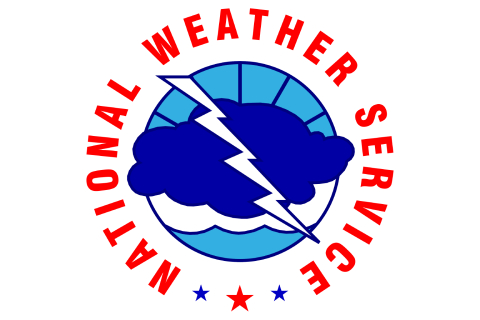By Matt Kelley (Radio Iowa)
The final tallies are in, and state climatologist Justin Glisan says 2023 is going down as one of Iowa’s warmest and driest years in more than 150 years of record keeping.
Glisan says when you average out the temperatures over 365 days, it’s rare for Iowa’s year-long average temperature to vary by even one-degree above or below the previous year, but that changed during 2023.
“We were over two degrees above average,” Glisan says, “so that was looking at the rankings that we have, it’ll be in the top 20 warmest years on record, again going back to 1872.”
As 2023 concluded, he says it ended 182 consecutive weeks of at least D-1 moderate drought in some part of the state. That’s more than three-and-a-half years of continuous drought and some sections of the state have very dry conditions.
“We have widespread drought, a large D-3, which is on that scale of D-0 to D-4 for extreme drought, a large swath in eastern Iowa,” Glisan says. “Precipitation deficits within that D-3 region, anywhere from 12 to 18 inches below average just for the year.”
The only corner of the state that recorded above-average precipitation during 2023 was northwest Iowa, which saw between one and three inches more than the norm. However, he says the rest of the state was exceptionally dry.
“Overall, if you look at the statewide average, about 27 inches, with the average just a little over 35-and-a-half inches,” Glisan says, “so about nine inches below average, and looking at the rankings, it’ll be in the top 25 driest years on record.”
After three consecutive La Nina winters, we’re now in an El Nino pattern, which Glisan says tends to bring the Midwest warmer temperatures in addition to wetter conditions.
Glisan says Iowa had a bit of a snow drought last month.
“Climatologically December is the snowiest month for Iowa,” Glisan says. “The preliminary statewide average is 1.4 inches. That’s 6.5 inches below average.” Despite the lack of snow, December was one of four months out of 2023 that wound up with ABOVE average precipitation.
“A majority of our precipitation was rainfall and that rainfall was gradual over several days and it was able to soak in,” Glisan says. That’s because December temperatures were above average, keeping the ground from freezing solid.
Glisan says there is a storm system in the Pacific Ocean that’s headed east and the long-term forecast indicates it may bring rain and snow to Iowa as early as this weekend. Glisan cautions, though, that the storm system could weaken as it makes landfall on the west coast and moves across the Rockies.




